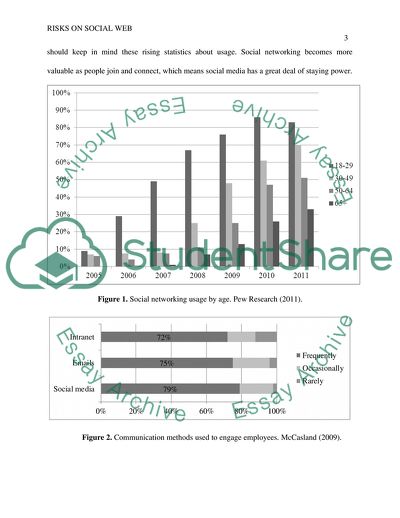Cite this document
(The Social Web and Security Risks on People's Information Report Example | Topics and Well Written Essays - 1500 words, n.d.)
The Social Web and Security Risks on People's Information Report Example | Topics and Well Written Essays - 1500 words. https://studentshare.org/information-technology/1764819-the-social-web-and-security-risks-on-peoples-information
The Social Web and Security Risks on People's Information Report Example | Topics and Well Written Essays - 1500 words. https://studentshare.org/information-technology/1764819-the-social-web-and-security-risks-on-peoples-information
(The Social Web and Security Risks on People'S Information Report Example | Topics and Well Written Essays - 1500 Words)
The Social Web and Security Risks on People'S Information Report Example | Topics and Well Written Essays - 1500 Words. https://studentshare.org/information-technology/1764819-the-social-web-and-security-risks-on-peoples-information.
The Social Web and Security Risks on People'S Information Report Example | Topics and Well Written Essays - 1500 Words. https://studentshare.org/information-technology/1764819-the-social-web-and-security-risks-on-peoples-information.
“The Social Web and Security Risks on People'S Information Report Example | Topics and Well Written Essays - 1500 Words”. https://studentshare.org/information-technology/1764819-the-social-web-and-security-risks-on-peoples-information.


